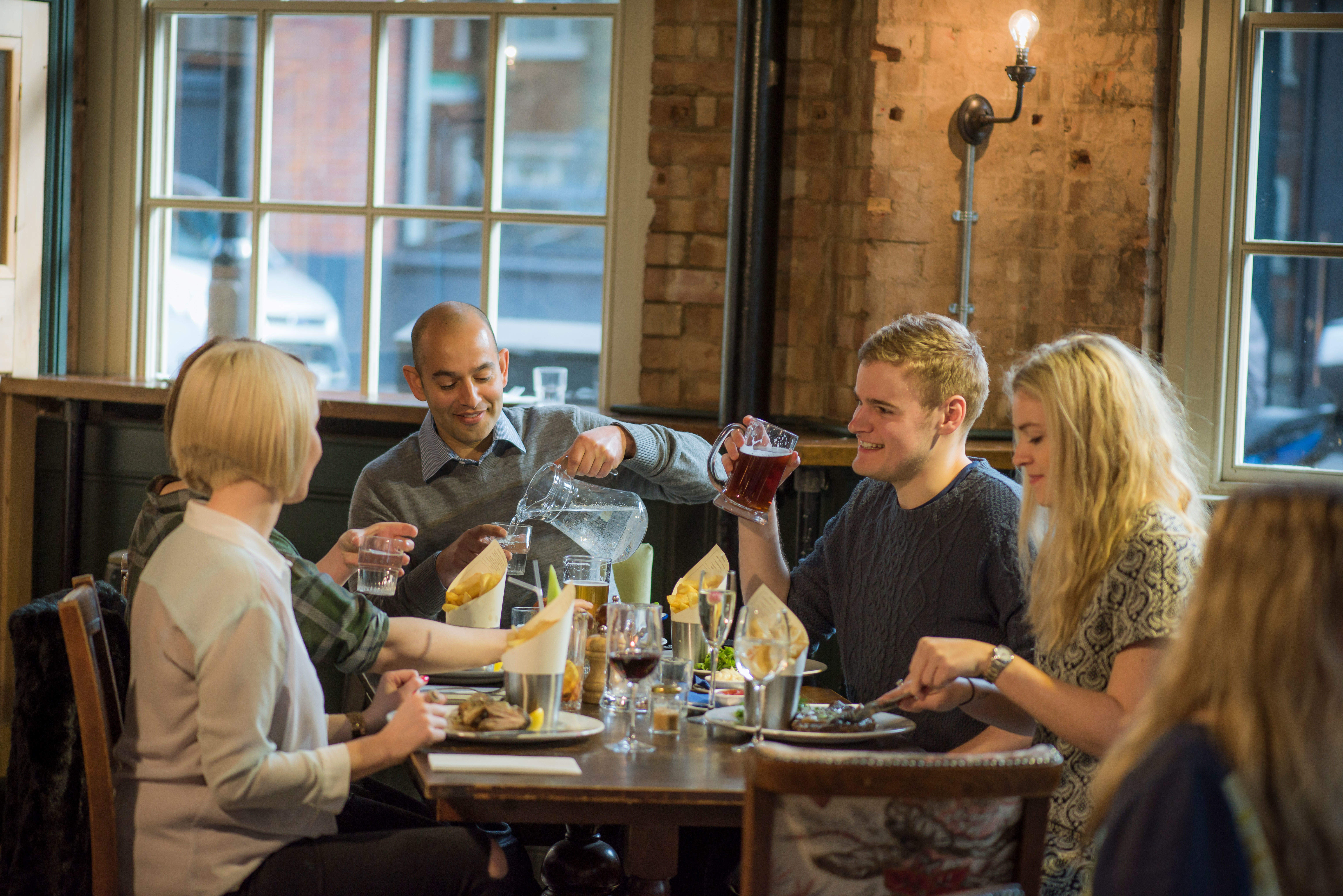
Emerging Food Service Trends in Israel
Barring a brief recession during the global financial crisis of 2008-2009, Israel’s economy has seen consistent economic growth of around 5% per year since 2004. The country’s strong trading ties outside of the Middle Eastern region also allowed Israel to avoid much of the economic fallout from the 2011 Arab Spring. Economic prosperity has been largely driven by population growth, which rose from 7.6 million in 2010 to 8.5 million in 2016.
Whilst employment and salaries have risen, price levels across Israel remain among the highest in the OECD. The country’s high cost of living has previously sparked large scale protests which have resulted in a more cost-conscious foodservice marketplace.
Profit sector summary
In 2016, Israel’s foodservice profit sector was valued as approximately ILS 25.3 billion (USD 6.6 billion). Between 2014 and 2016, the profit sector’s value grew at a CAGR of 1.1%. However, much of this growth was driven by retail (+3.5%), leisure (+2.6%) and accommodation (+2.9%). In contrast, a number of the restaurant channels, including FSR and coffee & tea shops, recorded declining value growth.
High operational costs, the small size of the market and an unstable political climate have all previously discouraged global chains from entering the Israeli market. However, major retailers such as Amazon, Alibaba and IKEA have all strengthened their position in Israel over recent years, boding well for the future of international foodservice operators.
Whilst employment and salaries have risen, price levels across Israel remain among the highest in the OECD. The country’s high cost of living has previously sparked large scale protests which have resulted in a more cost-conscious foodservice marketplace.
Quick service restaurants summary
Valued at approximately ILS 6.9 billion, the QSR market is by far Israel’s largest foodservice channel. Despite falling transactional and outlet growth, the channel experienced positive overall value growth of 0.3% between 2014 and 2016, outpacing the other two key restaurant channels (FSR, coffee & tea shops).
With 6,912 QSR outlets in operation – one for every 1,235 citizens – a fear for the future will be that the market is at risk of over saturation. With further outlet growth forecast over the next five years, low margin independents are expected to be increasingly ‘squeezed out’ of the market in favor of chains, which come with less financial risk.
However, historically American chains have experienced mixed fortunes in the market. While McDonald’s and Domino’s Pizza are among the top five brands in terms of revenue, others such as KFC, Dunkin’ Donuts, Subway and Burger King have all previously entered and retreated from the market.
Whilst price is the primary concern of consumers, health and personalization trends are gaining ground, which has contributed to the popularity of operators such as Burgerim.
The QSR market is forecast to see accelerated value growth over the next five years, with a positive CAGR of 0.7% expected between 2016 and 2021. The market will continue to be the primary beneficiary of a more cost-conscious and time-scarce population.
Full service restaurants summary
Israel’s FSR market was valued at approximately ILS 3.3 billion in 2016 having endured a torrid few years. Between 2014 and 2016, the market’s value fell at a CAGR of -0.7%, while the wider foodservice profit sector grew at a CAGR of 1.1%. Israeli consumers made 62 million transactions in the channel in 2016, a sharp fall from the 66 million during 2014.
This decline was caused by a number of issues, including ongoing concerns among local consumers over rising costs of living in Israel. Although FSR are widely recognized and accepted as a generally higher priced meal solution, 42% of FSR consumers cite ‘price’ to be the ‘most important’ factor when deciding where to eat out, the same proportion as QSR consumers. Furthermore, the country’s tourism industry was adversely affected by increased Israel-Palestine tensions over recent years.
Further evidence of consumers tightening their belts in the channel can be seen from declining demand for alcohol in coming years, with the operator buying value of alcoholic drinks forecast to decrease at a CAGR of -0.2% during 2016-2021.
The FSR channel is characterized by high market volatility, with an intense churn of restaurants opening and closing. The Israeli Restaurant Association claim 80% of restaurants opened in Israel close within five years of business. This has largely discouraged new entrants to the market and will accelerate the growth of franchise/chain outlets in future years that come with limited financial risk.
The FSR market is forecast to return to positive growth in future years, with a CAGR of 0.4% expected between 2016 and 2021.
Coffee and tea shops summary
Similarly to FSR, Israel’s coffee and tea shop channel saw a sharp decline in value over recent years, registering a CAGR of -0.9% between 2014 and 2016. Deterioration of the market has been largely caused by disruptive, price-driven operators such as Cofix, which have experienced explosive growth.
Despite declining sales value in the channel, Israelis’ appetite for out-of-home coffee has never been stronger. In 2016, Israelis drank 8.95 million kg of coffee outside of the home, representing growth of 3.2% since 2014. Over the next five years, growth of on-trade coffee is expected to continue to outpace that of offtrade. Considering just 26% of surveyed consumers visited a coffee or tea shop in the past week, the market has plenty of room to grow, especially among younger consumers.
Relative to other foodservice channels, the coffee and tea shop market is relatively consolidated, with the five leading operators accounting for an approximately 52% share of the market. The channel’s recent pivot towards price-driven coffee will likely cause headaches for these operators, four of which are primarily quality-led.
Cofix’s recent decision to raise the price of their products from ILS 5 to ILS 6 will benefit QSR operators that can afford to use coffee as a loss leading product. McCafé’s ILS 4.90 price point is now by far the most cost-effective coffee solution.



